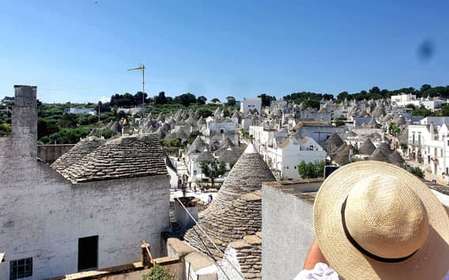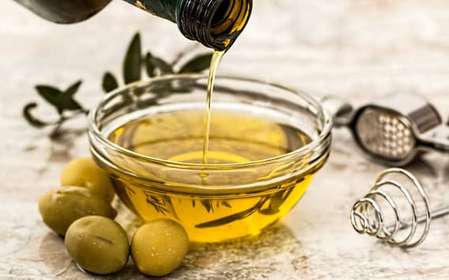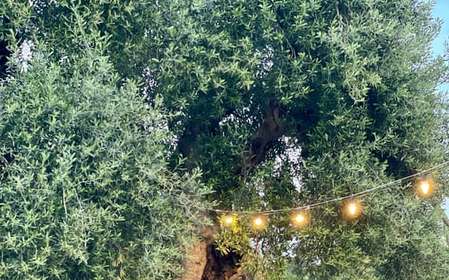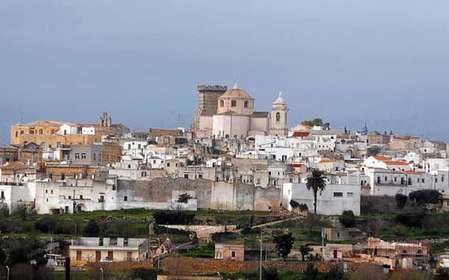- Home
- Useful Tips
- How to enjoy Brindisi's wine culture
Exploring Brindisi's wine culture can feel overwhelming for visitors. With over 200 wineries in Puglia and limited English signage at many family-run cantinas, travelers often miss authentic experiences while overpaying for crowded group tours. A recent survey showed 68% of visitors leave Brindisi without tasting its legendary Negroamaro wines from small producers. The frustration compounds when you realize many 'local' tours actually shuttle tourists to commercial vineyards far from the region's true character. This disconnect leaves wine enthusiasts stressed about finding genuine quality while navigating unfamiliar territory – a shame when Puglia's sun-drenched vineyards hold such rustic charm and centuries-old winemaking traditions.
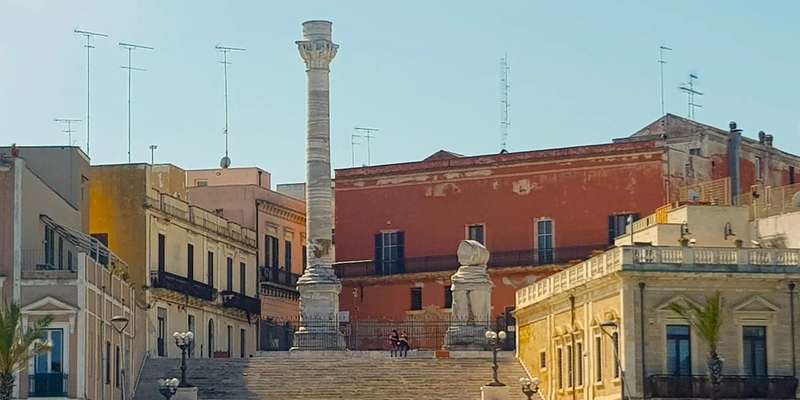

Avoiding touristy vineyards – how to identify authentic Brindisi wineries
The key to unlocking Brindisi's real wine culture lies in recognizing subtle signs of authenticity. Genuine local wineries rarely have flashy websites or prominent roadside signage – they're often tucked down gravel lanes marked only by handwritten 'Cantina' signs. Look for places listing multiple generations of winemakers on their labels, a telltale sign of traditional production. Smaller operations producing under 20,000 bottles annually typically offer more personal experiences. Don't be deterred by limited English; many fourth-generation vintners communicate beautifully through gestures and wine samples. These hidden gems frequently appear on local food blogs rather than international travel sites, with their rustic charm preserved precisely because they've avoided mass tourism circuits.
Timing your visit for optimal wine experiences
Brindisi's wine calendar follows ancient agricultural rhythms rather than tourist convenience. September's harvest season transforms the countryside into a vibrant hub of activity, when even small wineries welcome visitors to observe traditional grape crushing methods. Weekday mornings between 10am-noon see fewer crowds at tasting rooms, while late afternoons often mean catching owners during their daily wine checks in the cellars. Avoid August when many family-run operations close for vacation, and remember that winter visits (November-February) offer unique opportunities to taste just-bottled vintages alongside aged reserves. Smart travelers coordinate with local sagre (food festivals) where undiscovered wineries showcase their best bottles at communal tables under the stars.
Navigating Brindisi's wine roads without a tour
Creating your own Brindisi wine adventure requires understanding the region's three distinct terroir corridors. The northern route toward Mesagne features limestone-rich soils perfect for bold reds, with compact clusters of family cantinas within cycling distance of each other. Coastal vineyards near San Vito dei Normanni specialize in crisp whites benefiting from Adriatic breezes, best explored via scenic backroads. For those seeking Puglia's iconic primitivo, the western hills around Ostuni offer stunning sunset tastings. Local buses connect major wine villages, while rural B&Bs often provide maps to nearby producers. Always carry cash for spontaneous tastings at unassuming farm gates – some of Brindisi's most memorable sips come from these unplanned encounters.
Tasting like a local – Brindisi's unwritten wine rules
Brindisi's wine etiquette differs markedly from commercial wine regions. Never refuse the initial glass of house wine offered upon arrival – it's considered rude and may limit your tasting options. Locals always taste reds before whites to honor the region's robust negroamaro heritage, regardless of textbook serving temperatures. If invited to the cantina's back room or underground vaults, accept immediately – this signals the owner's approval and often leads to rare reserve tastings. Learn two crucial phrases: 'com'è secco?' (how dry is it?) shows sophistication, while 'che profumo!' (what aroma!) will delight hosts. Most importantly, budget extra time for post-tasting conversation; rushing signals disinterest in the winemaker's craft and may forfeit opportunities to try limited-production bottles not listed on standard menus.
